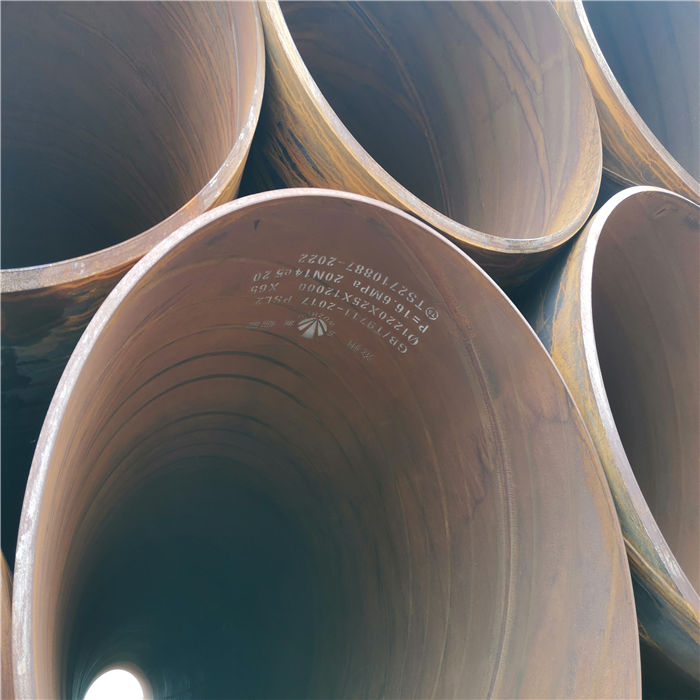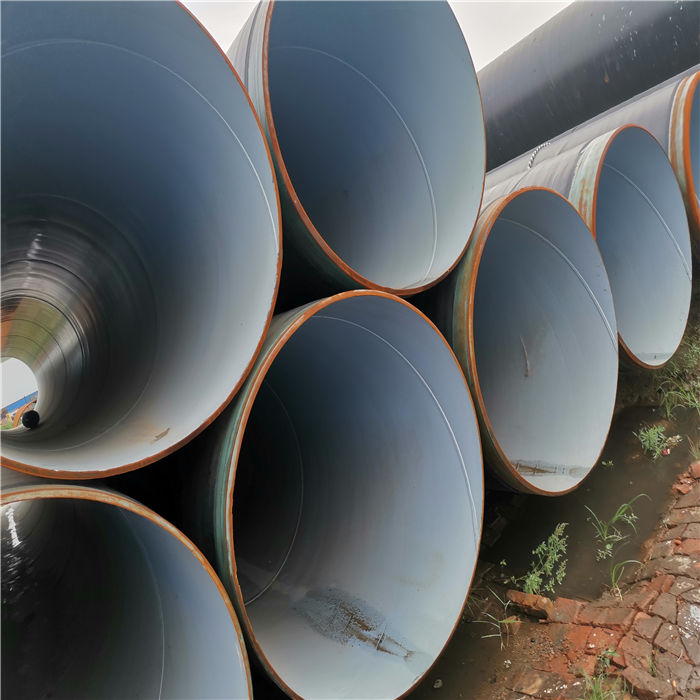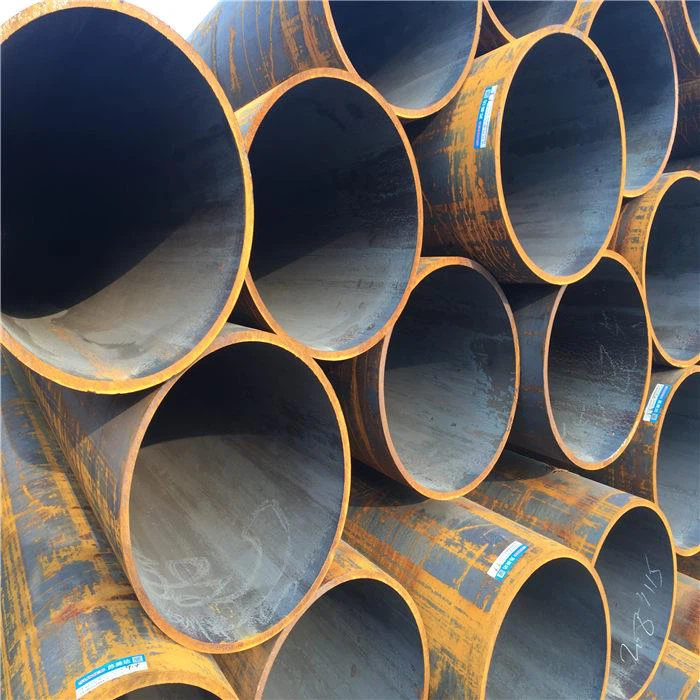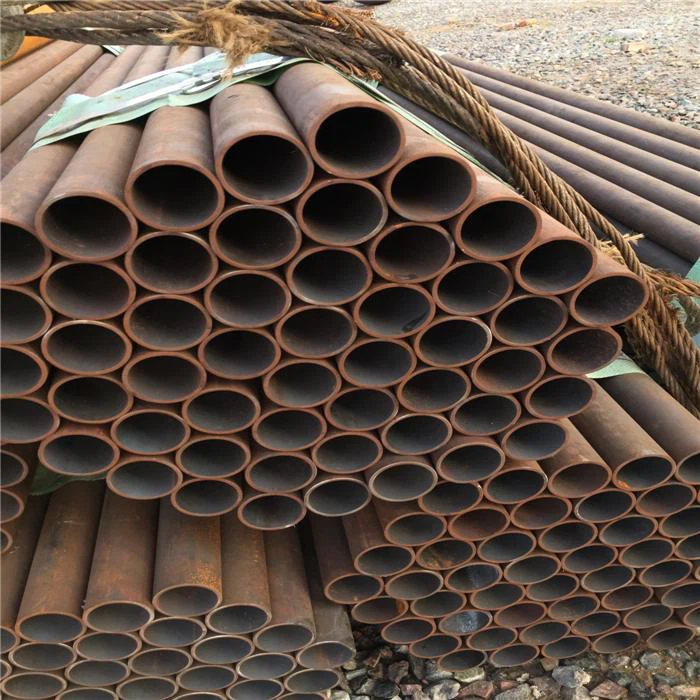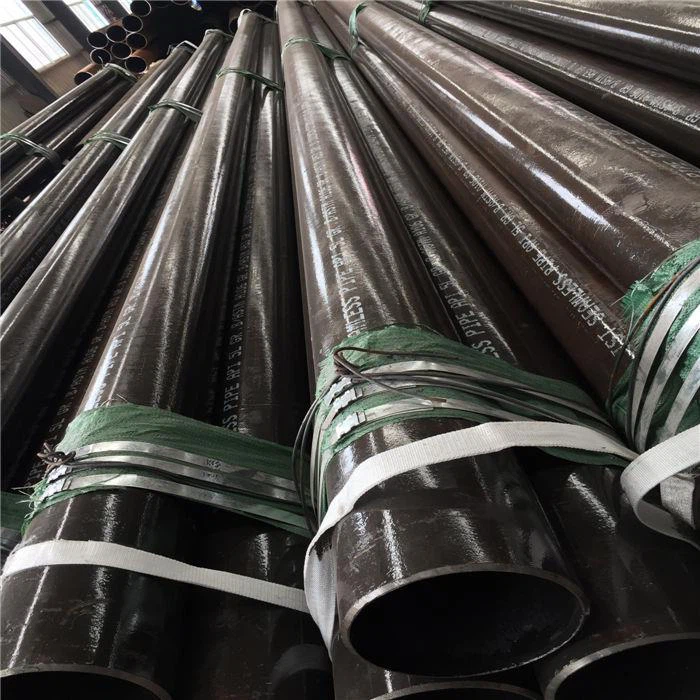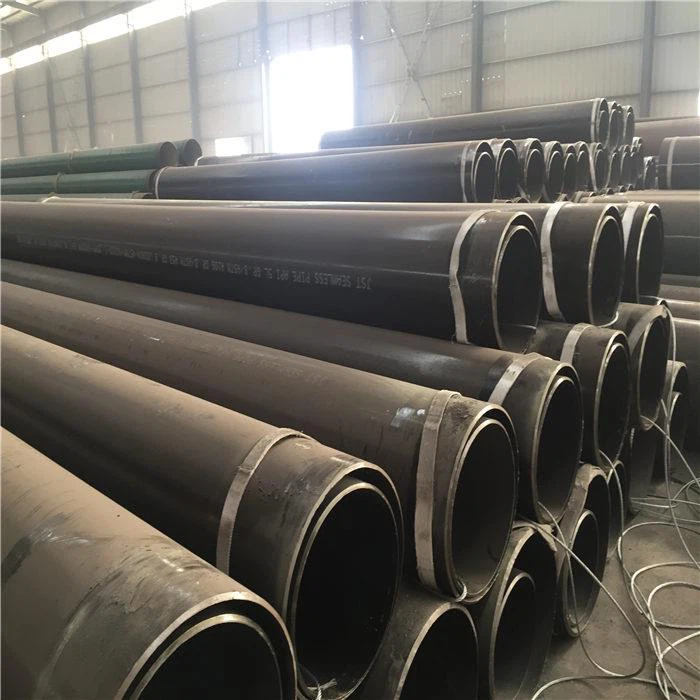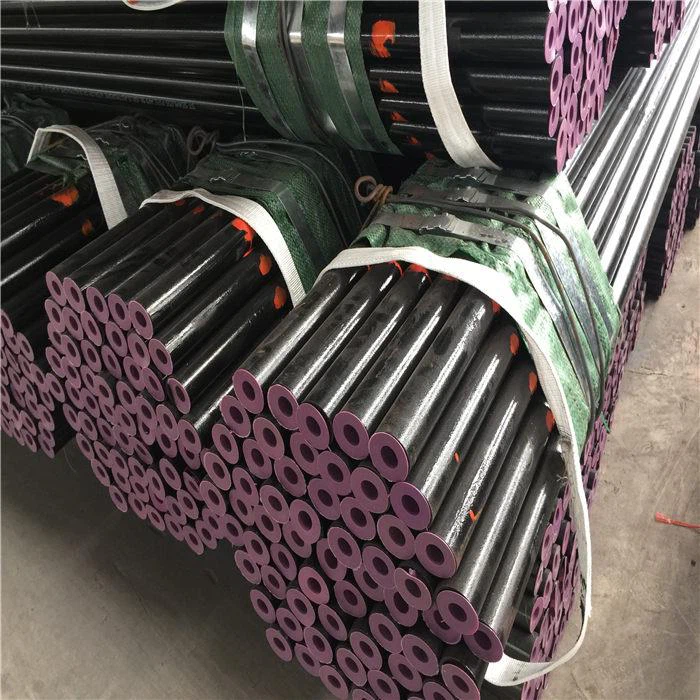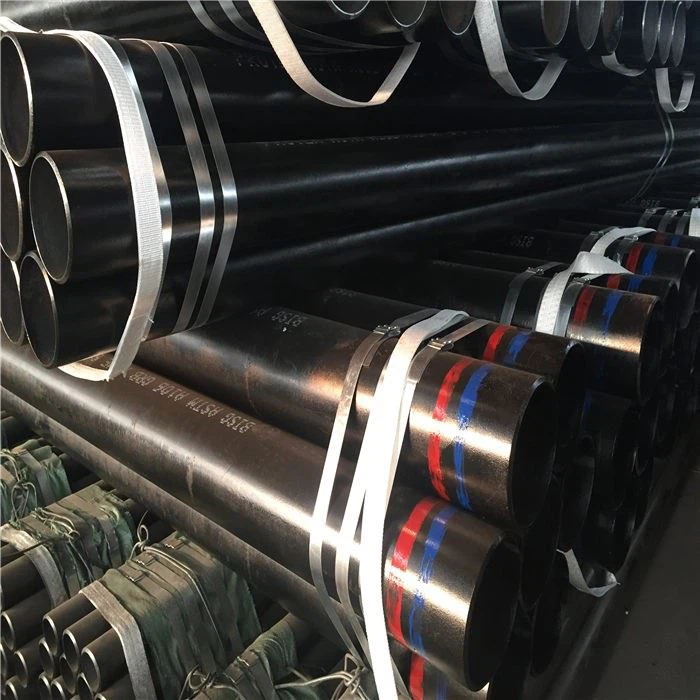How is Steel Pipe Made?
The Types Of Steel Pipes
According to the cross-sectional shape, the steel pipes are divided into round, square, rectangular, and special-shaped; according to the material, it is divided into carbon steel pipes, low-alloy structural steel pipes, alloy steel pipes; according to the purpose, it is divided into transportation pipelines, engineering structures, Steel pipes for thermal equipment, petrochemical industry, machinery manufacturing, geological drilling, high-pressure equipment, etc.; according to the production process, it is divided into seamless steel pipes and welded steel pipes, among which seamless steel pipes are divided into hot-rolled and cold-rolled (drawn) Two types, welded steel pipes are divided into straight seam welded steel pipes and spiral seam welded steel pipes.
1. According To The Section Shape
Steel pipes can be divided into round steel pipes and special-shaped steel pipes according to their cross-sectional shape.
Special-shaped steel pipes refer to steel pipes with various non-circular cross-sections. Mainly include:
- Square tube
- Rectangular tube
- Oval tube
- Flat oval tube
- Semi-circular tube
- Hexagonal tube
- Hexagonal inner tube
- Hexagonal tube with unequal sides
- Equilateral triangle tube
- Pentagonal plum blossom tube
- Octagonal tube
- Convex tube
- Double convex tube
- Double concave tube
- Multi-concave tube
- Seed-shaped tube
- Flat tube,
- Rhombus tube
- Star tube
- Parallelogram tube
- Ribbed pipe
- Drop tube
- Inner finned tube
- Twisted pipe
- Type B tube
- D-type tube and multilayer tube, etc.
2. According To Production Method
Steel pipes can be divided into two categories according to production methods: seamless steel pipes and welded steel pipes. Welded steel pipes are referred to as welded pipes for short.
(1) Types Of Seamless Steel Pipes
Seamless steel pipes are made of carbon steel or alloy steel and are divided into hot-rolled and cold-rolled (drawn).
According to production methods, seamless steel pipes can be divided into:
- Hot-rolled seamless pipe
- Cold drawn tube
- Precision steel pipe
- Thermal expansion tube
- Cold spinning tube
- Extrusion tube etc.
(2) Types Of Welded Steel Pipes
Welded steel pipes are formed by welding steel plates rolled into a tube shape with butt seams or spiral seams. In terms of manufacturing methods, they are divided into welded steel pipes for low-pressure fluid transportation, spiral seam electric welded steel pipes, direct coil welded steel pipes, and electric welded pipes(ERW welded pipes).
According to different welding processes, welding forms, and end shapes, welded steel pipes can be divided into:
- Furnace welded pipe
- Electric welding (resistance welding) pipe
- Automatic arc welded pipe
- Longitudinal welded pipe
- Two types of spiral welded pipe
Seamless steel pipes can be used for liquid pressure pipes and gas pipes in various industries. Welded steel pipes can be used for water pipelines, gas pipelines, heating pipelines, electrical pipelines, etc.
3. According To Pipe Material
Steel pipes can be divided into carbon pipes, alloy pipes, stainless steel pipes, etc. according to the pipe material (that is, steel type).
Carbon tubes can be divided into ordinary carbon steel tubes and high-quality carbon structural tubes. And alloy tubes can be divided into low alloy tubes, alloy structural tubes, high alloy tubes, and high strength tubes. Bearing tubes, heat-resistant and acid-resistant stainless tubes, precision alloy (such as Kovar) tubes, and high-temperature alloy tubes.
4. According To Connection Method
Steel pipes can be divided into smooth pipes (with no threads on the pipe ends) and threaded pipes (with threads on the pipe ends) according to the connection method of the pipe ends.
The threaded pipe is divided into the ordinary threaded pipe and pipe end thickened threaded pipe. And thickened threaded pipes can also be divided into threaded pipes such as external thickening (with external threads), internal thickening (with internal threads), and internal and external thickening (with internal and external threads).
According to the thread type, the threaded pipe can also be divided into ordinary cylindrical or conical thread and special thread. In addition, according to user needs, threaded pipes are generally delivered with pipe joints.
5. According To The Characteristics Of Plating
Steel pipes can be divided into clarinet (uncoated) and coated pipes according to the characteristics of the surface coating.
Coated pipes include galvanized pipes, aluminum-plated pipes, chrome-plated pipes, and other alloy-layer steel pipes. And coated pipes include outer-coated pipes, inner-coated pipes, and inner-outer coated pipes. The commonly used coatings are plastic, epoxy resin, coal tar epoxy resin, and various glass-type anticorrosive coating materials. Galvanized pipe is divided into KBG pipe, JDG pipe, threaded pipe, and so on.
6. According To application
Steel pipe is not only used to transport fluids and powdered solids, exchange heat, and manufacture mechanical parts and containers, it is also an economical steel. The use of steel pipes to manufacture building structural grids, pillars, and mechanical supports can reduce weight and can realize factory mechanized construction. Using steel pipes to manufacture highway bridges can not only save steel, simplify construction, but also greatly reduce the area of the protective layer, saving investment and maintenance costs.
- Pipes for transportation. Such as seamless pipes for water, gas pipes, steam pipes, oil transportation pipes, and oil and gas trunk lines. Agricultural irrigation water taps with pipes and sprinkler irrigation pipes, etc.
- Pipes for thermal equipment. Such as boiling water pipes and superheated steam pipes for general boilers, superheating pipes, large smoke pipes, small smoke pipes, arched brick pipes, and high temperature and high-pressure boiler pipes for locomotive boilers.
- Pipes for the machinery industry. Such as aviation structural tubes (round tube, oval tube, flat oval tube), automobile half-shaft tube, axle tube, automobile and tractor structural tube, tractor oil cooler tube, agricultural machinery square tube, and rectangular tube, transformer tube and bearing Tube and so on.
- Pipes for petroleum geological drilling. Such as oil drilling pipes, oil drill pipes (kelly and hexagonal drill pipes), drill stems, oil tubing, oil casing, and various pipe joints, geological drilling pipes (core pipes, casings, active drill pipes, drill stems), Press hoop, and pin joints, etc.).
- Tubes for the chemical industry. Such as petroleum cracking pipes, chemical equipment heat exchangers and pipes, stainless acid-resistant pipes, high-pressure pipes for fertilizers, and pipes for transporting chemical media.
- Other departments use tubes. Such as container tubes (tubes for high-pressure gas cylinders and general container tubes), tubes for instruments and instruments, tubes for watch cases, injection needles and tubes for medical devices, etc.
The Manufacturing Processes Of Steel Pipes
Steel pipes are divided into seamless steel pipes and welded steel pipes.
The production process of seamless steel pipes is to pierce a solid tube billet or steel ingot into a hollow capillary tube, and then roll it into a steel tube of the required size. The different piercing and rolling methods used constitute different methods of producing seamless steel pipes. The production process of welded steel pipe is to bend the tube blank (steel plate or strip steel) into a tube, and then weld the gap to form a steel pipe. The different forming and welding methods used constitute different methods of producing welded steel pipes.
1. The Manufacturing Processes Of Seamless Steel Pipes
- Hot rolling
- Pipe jacking
- Squeeze
- Cold rolling
- Cold drawing
2. The Manufacturing Processes Of Welded Steel Pipes
- Chain furnace welding
- Continuous furnace welding
- Resistance welding
- Arc welding
- Induction welding
